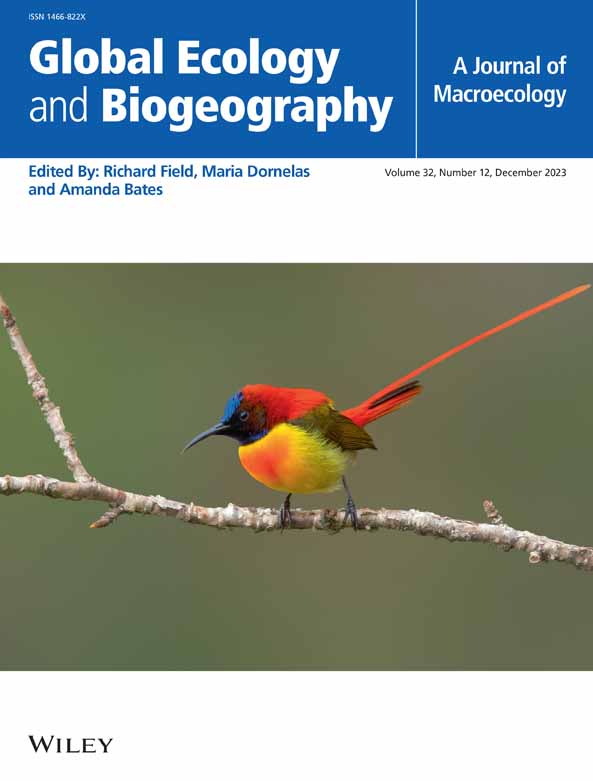The Global Contribution of Wild Insect and Honeybee Visitation to Crop Pollination Success Is Asymptotic
Abstract
Background
Animal-mediated pollination plays a crucial role in the reproductive success of flowering plants, and insect pollination in particular for crops. Pollination biology suggests that the effect of pollen deposition from animal visitation on pollination success is asymptotic. Initially, increased insect visitation increases pollination success in decreasing increments, eventually reaching a saturation threshold where additional visits do not further increase pollination success. However, most crop pollination research considers linear relations between insect visitation and pollination success, which overlooks the fact that pollination success is necessarily limited by an asymptotic relation.
Asymptotic Models Improve Predictions for Global Data
Utilising the CropPol database, we tested whether non-linear models (asymptotic and hump-shaped) improve the fit of the relation between honeybee and wild insect visitation and crop pollination success compared to linear models. Our results indicate that the relation is best described by asymptotic models.
Synthesis and Management Implications
We argue that incorporating asymptotic models to crop pollination research can advance our understanding of the pollination contributions of honeybees and wild insects and inform pollinator management to maximise food production. From a management viewpoint, asymptotic models imply that insect visitation can be optimised to maximise crop pollination and yield. Moreover, declines in pollinator populations and their effects on crop pollination may go unnoticed until pollinator visitation falls below the saturation threshold. In sum, these findings can guide development of evidence-based and cost-effective pollination management strategies.

 求助内容:
求助内容: 应助结果提醒方式:
应助结果提醒方式:


